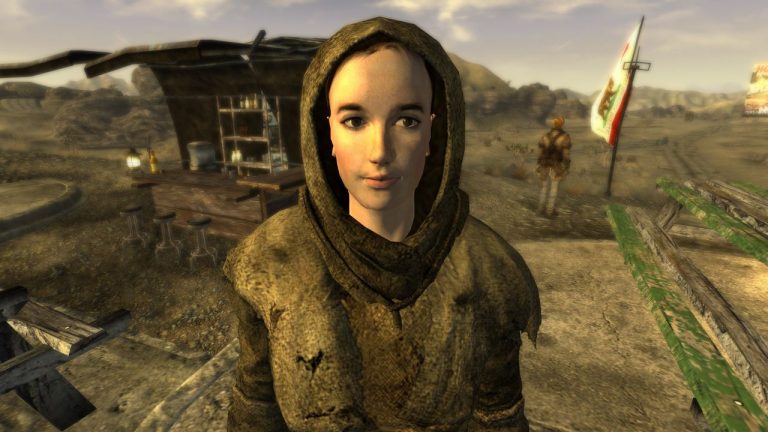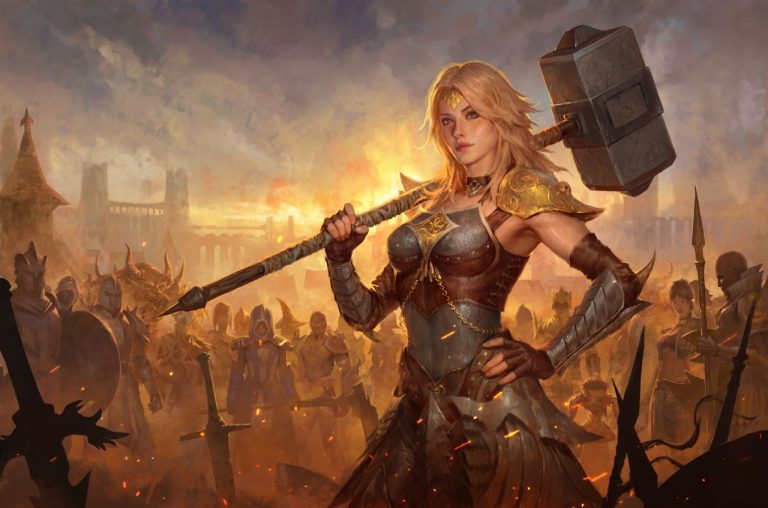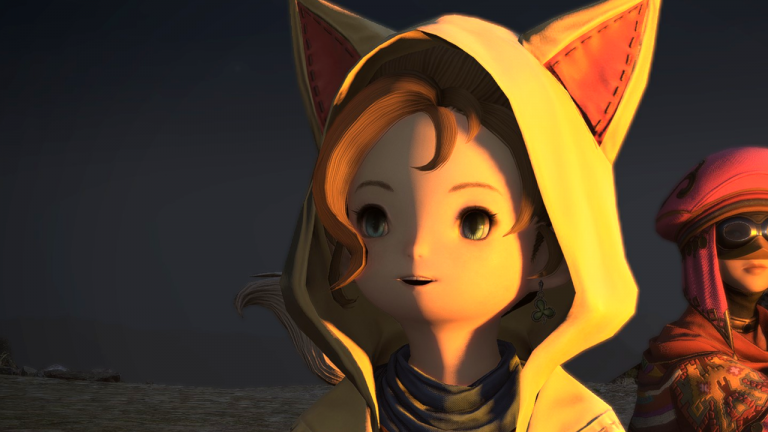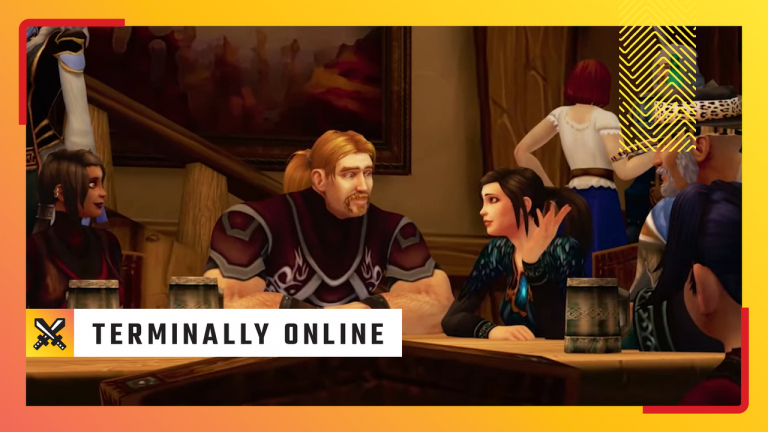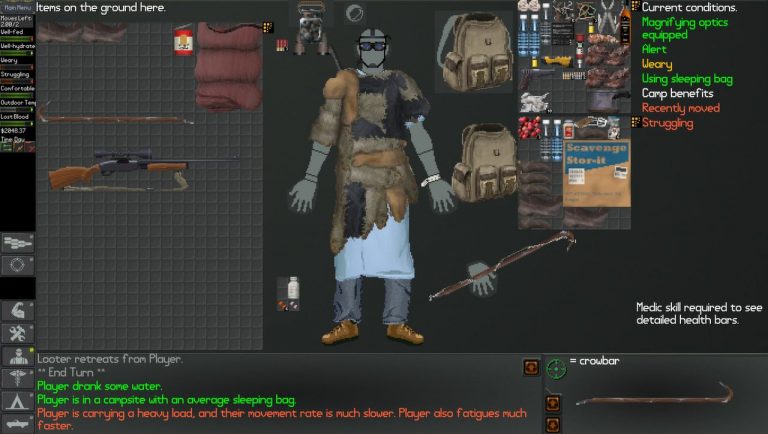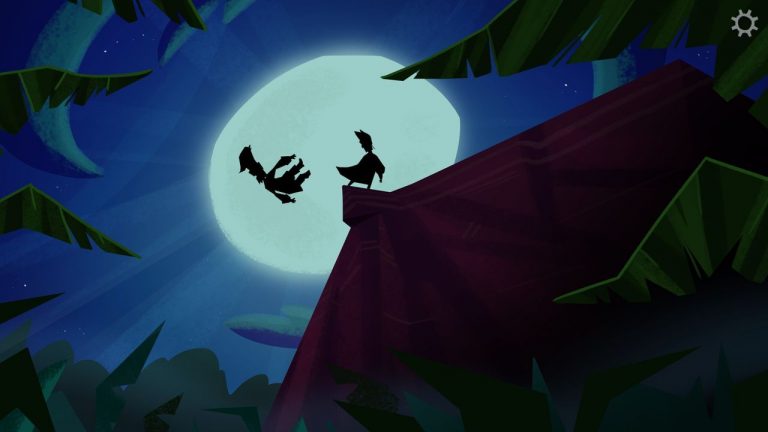Increasingly it feels like the tabletop RPG industry is feeling out its digital future. Virtual tabletops, which provide a basic shared interface for online play, are increasingly numerous and popular, but there’s also a push to see how much further that idea can be taken. There’s Mirrorscape, for example, which hopes to wow with 3D graphics and augmented reality; meanwhile Wizards of the Coast is going big on production value, with an upcoming VTT that basically looks as much like playing Baldur’s Gate 3 as possible.
Tales of Fablecraft (formerly just Fablecraft) is trying a different path—rather than incorporating D&D or other existing systems, it offers an entirely new ruleset, designed from the ground up for digital play with its own fantasy setting. Combined with a slick interface, high production values, and animated top-down tactical battles, it makes a really striking first impression. I was certainly impressed when I first got to check it out last year.
But back then I only experienced it as a player, with one of the developers running the game—really what I wanted to do was to get in the Dungeon Master’s seat myself, mess about with the tools behind the adventure, and see how robust they really were. Now I’ve had my chance—Tales of Fablecraft has launched into Early Access, and I was recently able to run my first session. Did it feel like the future of TTRPGs, as I so boldly claimed last time? The answer, I think, depends very much on who you are. And maybe how old you are…
As part of its free offering, Tales of Fablecraft offers a short campaign of five adventures: The Road to the Starfall Festival (more campaigns are available as pretty reasonable microtransactions). It’s a straightforward tale—the players escort a caravan, fight bandits, chase down a magical macguffin, that sort of thing. But what impressed me from the Dungeon Master’s perspective was how incredibly easy it is to run.
Despite doing almost no prep outside of a very simple 10 minute tutorial on the DM tools, I was able to get the adventure rolling within minutes with no stumbling blocks at all. After selecting the relevant adventure, the game gave me a step-by-step guide to running it I could follow as we went.
(Image credit: Riftweaver Game Studio)
Setting up a scene or introducing an NPC is as simple as pressing a button or dragging and dropping assets. Each encounter has a concise description followed by a smart breakdown of things your players may do and how to handle them. Battles are loaded up automatically when you reach them, but can also be easily modified on the fly to reflect the group’s actions. It even adjusts the background music as you go, and if you want you can play professionally voice-acted readings of scene descriptions and NPC dialogue.
The system itself is just as easy to get to grips with. Outside of combat, simple skill rolls cover player actions. When a fight does break out, the game takes on a more tactical feel, but all both players and DM need to do is move their character around and click to activate their attacks and abilities—the game handles everything else. It makes even large combats a breeze, and even running the monsters I had fun playing with their different spells and effects to see what combos I could pull off.
It’s all remarkably easy and intuitive for the level of production value you’re getting out of it. Putting on a show this slick in a VTT like Roll20 would require hours upon hours of learning and prep, on top of the experience needed in running tabletop adventures. In Tales of Fablecraft, almost anyone could run a session with ease.
(Image credit: Riftweaver Game Studios)
That makes it perhaps the best tool I’ve ever seen for trying out DMing for the first time. Back when I first got into the hobby as a spotty teen (more years ago than I’d care to admit) and started trying to run my own campaigns, becoming a DM was a difficult, time-consuming, and intimidating process. If I’d had something like this, I would’ve been right into the action and building my confidence straight away (and my friends would’ve had to endure less weird improv and inexplicable plot twists).
I think that’s the perfect audience for this—children and teenagers excited by TTRPGs in the wake of the increasingly mainstream presence of D&D who want to give it a try for themselves. So many barriers to entry are removed—you don’t need to learn complicated rules, you don’t have to buy any books, and thanks to the built-in VO, you don’t even need to do the voices if you don’t want to. It’s an ideal gateway into the hobby.
Old at heart
(Image credit: Riftweaver Game Studios)
The other side of that coin, however, is that as I ran the game for my group of more experienced roleplayers, all of us slightly creaky adults, the sense increasingly dawned that this was not for us. Family-friendly fantasy is something I can certainly find fun in, but certain elements of the adventures feel particularly targeted at a generation that spends a lot more time on TikTok than we do. Having to give one of my players a “Rizz Potion” as a quest reward was not a proud moment, and I had to skip over entirely a section that invited players to win over an NPC by performing freestyle raps or speaking exclusively in a made-up language for 10 minutes, lest my companions cringe themselves inside-out.
The adventures themselves are railroady, short, and very simple—though I was impressed by how many different player actions they were able to anticipate and have an answer for, ultimately they don’t support any straying from the critical path. That’s made worse by some pretty iffy guidance offered on how to handle various situations where players do go rogue, often boiling down to “ask for increasingly difficult skill checks until they fail one and you can push them back to where you want them”, which is the sort of bad advice DMs were following back in the ’90s.
All together these limitations make it feel a little too much like a choose-your-own-adventure book rather than a TTRPG adventure. I think that would suit an inexperienced group, but for us it felt very limiting, and I’m not sure we were ever able to relax into truly playing the game and embodying characters rather than just going along for the ride.
(Image credit: Riftweaver Game Studios)
You can design your own adventures, and the drag-and-drop nature of the assets would make it quite easy in theory to improvise entire encounters, but the tools for that are fairly limited in the current Early Access build, and you’re having to use things from the game’s established library—the NPCs, locations, and monsters from the premade adventures.
Currently you’re also bound, of course, to the in-built rules and setting. The system is functional and pleasingly accessible, but extremely light—I think many groups will be looking for something with more depth. The world is an attractive land of rogue magic and cute creatures, but just slightly too weird and specific to be broadly appealing for telling your own stories in, and far enough from generic fantasy that the assets can’t simply be repurposed for more standard D&D-like campaigns. A few generic portraits of orcs, dwarves, and elves would diminish the game’s distinct personality, but make it a lot more flexible.
So, though it still has room to grow and expand over the course of Early Access, this probably won’t be the future of TTRPGs for the majority of existing fans of the hobby. It takes a lot of really interesting steps that I suspect other VTTs will take note of, especially in its intuitive interface, but it’s too specific in its goals to be your main platform for roleplaying.
But I do still see the future here. What’s there in the current build is already a wonderful on-ramp into a hobby that can be very difficult to approach, and as it grows from here over its time in Early Access, it has the potential to have a huge impact. The 14 year olds running their first game today are the superstar DMs, community builders, and TTRPG creators of tomorrow, and Tales of Fablecraft is poised to make their experience easier and more welcoming than it’s ever been before.
The Early Access release of Tales of Fablecraft is available now, for free, on Steam.



